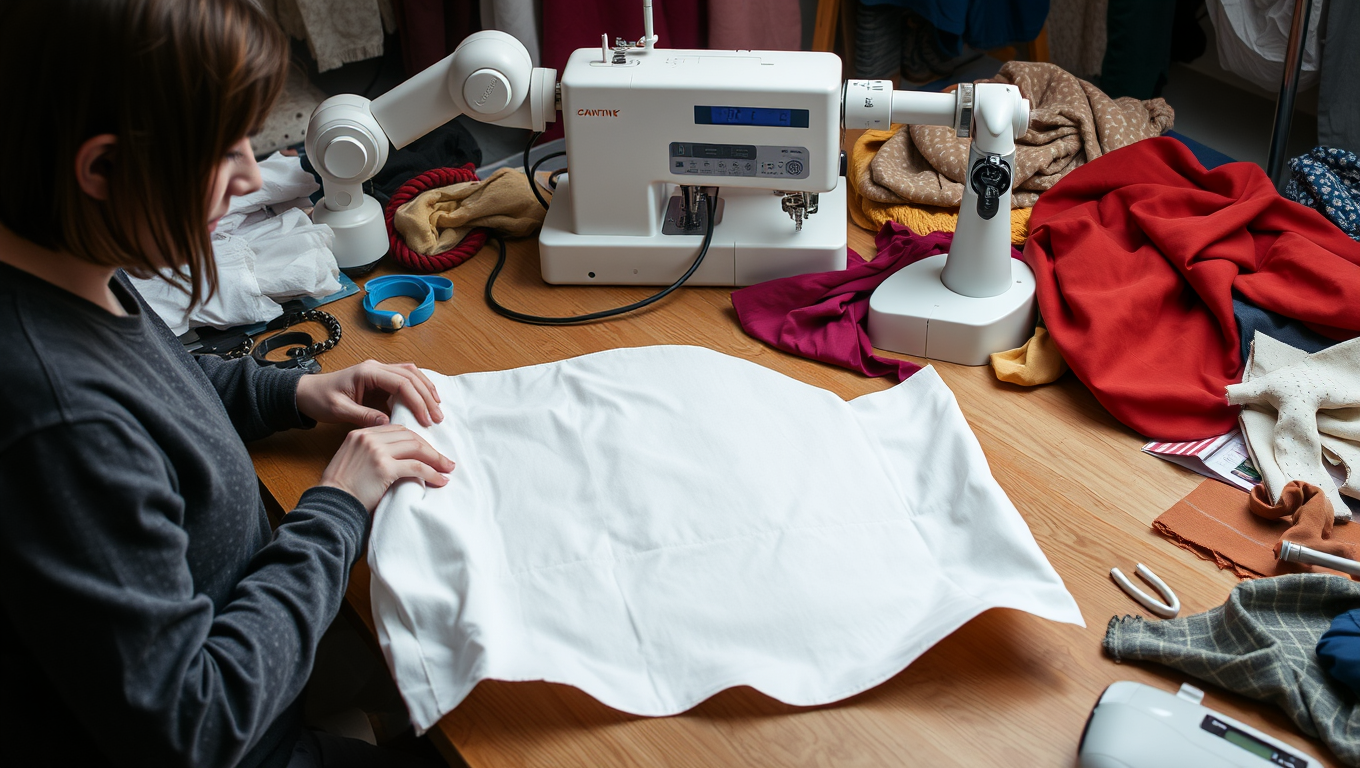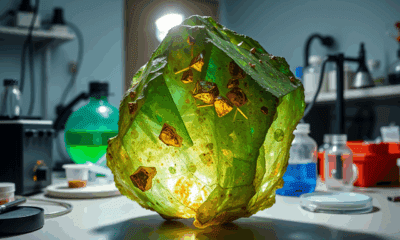While we try to keep things accurate, this content is part of an ongoing experiment and may not always be reliable.
Please double-check important details — we’re not responsible for how the information is used.
Civil Engineering
Revolutionizing Fabrication: Transformable Objects Created Using Sewing Technology
Researchers introduced a novel method for fabricating functional flat-to-shape objects using a computer-controlled sewing machine. The team’s method uses the sewing machine to stitch pockets between layers of fabric, and stiff panels are inserted into the pockets. Multiple fabrics types can be used, ranging from muslin for heavy-duty applications to more delicate fabrics for decorative purposes. The materials can also be customized on a panel-by-panel basis to adapt to each object’s needs. The researchers demonstrated how the materials can be chosen to support a variety of functional goals, such as using thicker plywood for a human-weight supporting chair and custom LED panels with sheer fabric for a functional lamp. Additionally, The technique also allows for additional mechanisms such as cords, magnets, and hook-and-loop fasteners to direct and stabilize flat-to-shape transitions.

Biochemistry
A Game-Changing mRNA Vaccine that’s More Effective and Less Costly to Develop
A new type of mRNA vaccine is more scalable and adaptable to continuously evolving viruses such as SARS-CoV-2 and H5N1, according to a new study.
Batteries
Unlocking the Potential of Solid-State Batteries
Researchers have discovered that the mixing of small particles between two solid electrolytes can generate an effect called a ‘space charge layer,’ an accumulation of electric charge at the interface between the two materials. The finding could aid the development of batteries with solid electrolytes, called solid-state batteries, for applications including mobile devices and electric vehicles.
Ancient Civilizations
Reviving an Ancient Hue: Researchers Recreate Egyptian Blue Pigment
Researchers have recreated the world’s oldest synthetic pigment, called Egyptian blue, which was used in ancient Egypt about 5,000 years ago.
-

 Detectors3 months ago
Detectors3 months agoA New Horizon for Vision: How Gold Nanoparticles May Restore People’s Sight
-

 Earth & Climate4 months ago
Earth & Climate4 months agoRetiring Abroad Can Be Lonely Business
-

 Cancer4 months ago
Cancer4 months agoRevolutionizing Quantum Communication: Direct Connections Between Multiple Processors
-

 Agriculture and Food4 months ago
Agriculture and Food4 months ago“A Sustainable Solution: Researchers Create Hybrid Cheese with 25% Pea Protein”
-

 Diseases and Conditions4 months ago
Diseases and Conditions4 months agoReducing Falls Among Elderly Women with Polypharmacy through Exercise Intervention
-

 Albert Einstein4 months ago
Albert Einstein4 months agoHarnessing Water Waves: A Breakthrough in Controlling Floating Objects
-

 Chemistry3 months ago
Chemistry3 months ago“Unveiling Hidden Patterns: A New Twist on Interference Phenomena”
-

 Earth & Climate4 months ago
Earth & Climate4 months agoHousehold Electricity Three Times More Expensive Than Upcoming ‘Eco-Friendly’ Aviation E-Fuels, Study Reveals





























